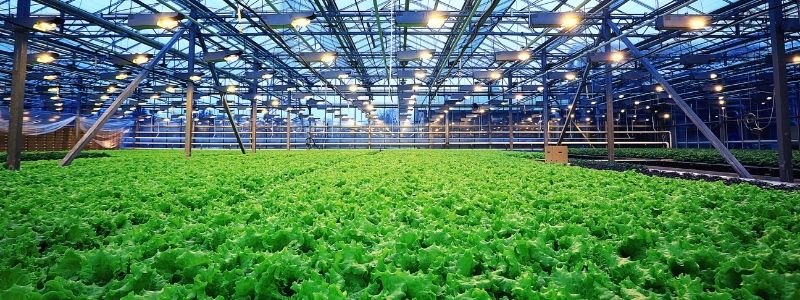
How the new ISO Innovation Management Standards can support Australian Agribusiness.
Posted 3 years ago
The ISO Innovation Management Standards will help agricultural businesses establish and structure their innovation systems in ways that have been tested and proven to generate outcomes across the world.
For agricultural businesses who wish to survive and even thrive, innovation cannot be left to chance.
Fostering the industry’s capacity to innovate is critical to ensure we can meet the future food demands from a projected population of nearly 10 billion people in 2050, in the context of a changing climate.
In recent years, Australian agricultural productivity growth has slowed for a number of reasons. A 2020 report published by the Australian Bureau of Agricultural and Resource Economics and Sciences (ABARES) says these reasons include deteriorating seasonal conditions and less intense research and development efforts. The report warns that ongoing efforts to reinvigorate productivity growth will be needed in the future.
Australian agribusinesses have managed to find innovative solutions to their most pressing problems in the past, but this ad-hoc approach needs to be turbocharged and systemised to ensure innovation becomes part of everyday business, rather than limited to dealing with specific challenges as they arise. Establishing an effective internal innovation system within the business ensures that the search for ideas and their transformation into successful solutions takes place with maximum effectiveness and efficiency, on a regular basis.
As Chair of Australia’s Innovation Management Standards committee (MB-279), I have seen first-hand how the new ISO Innovation Management Standards can support innovation management systems, regardless of an organisation’s industry, origin, or size. They provide a set of consistent approaches and methods to manage innovation and its implementation, aligned with international best practice. I believe they will be a game-changer for innovation in our economy, particularly within the agricultural sector.
Innovation in agribusiness goes beyond apps, drones, or farm machinery. It also involves different organisational processes, marketing tactics, new ways to collect and use data, distribution logistics, and commercialisation of scientific research. While much of the innovative process occurs within established agricultural organisations, a good portion requires collaboration between research, industry, and consumers. These collaborative projects have massive potential to generate useful outcomes, but they must be managed effectively to avoid wasting scarce time and resources.
The Innovation Standards will help agricultural businesses establish and structure their innovation systems in ways that have been tested and proven to generate outcomes across the world. They will support productive collaboration and provide much-needed rigour around reporting and metrics to measure outcomes from innovation. Agricultural organisations that do not consider the Innovation Standards risk being left behind as their national and international competitors apply these best-practice methods to improve the value, ROI, and impact of their innovation activities.
There are currently five ISO Innovation Management Standards with another five in development. They are written as recommendations or guidelines, designed to support best-practice, and can be applied to any organisation.
If you would like to find out more about the Standards, and how you might go about using them to establish or improve your innovation system, please contact us to discuss.
Now is the time to ensure that our agricultural innovation efforts align with standards that are driving innovation across the world.
Author: Brian Ruddle, Managing Director of Impact Innovation Group.
Click here for more information about the ISO International Innovation Management Standards.